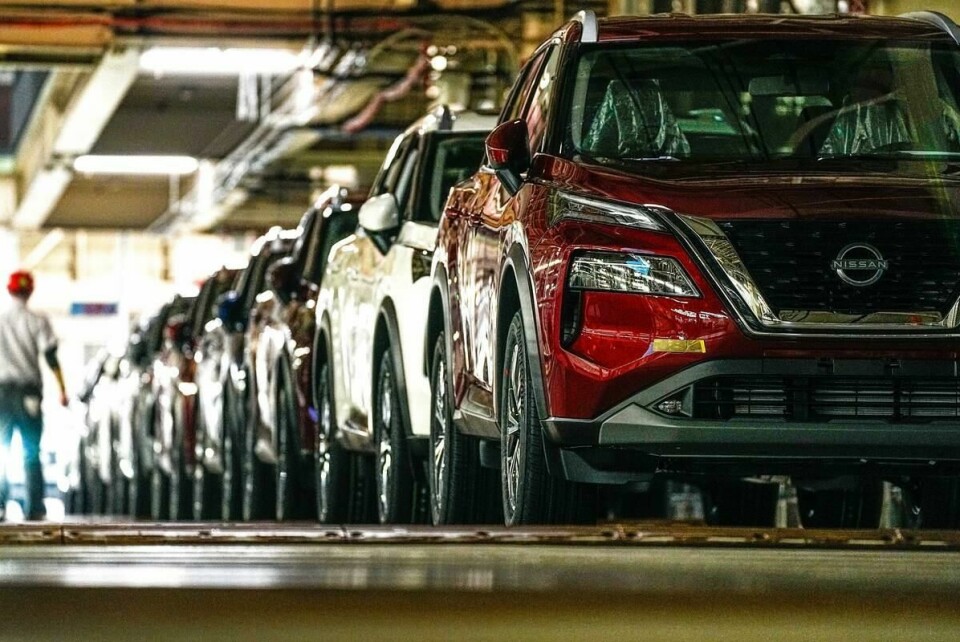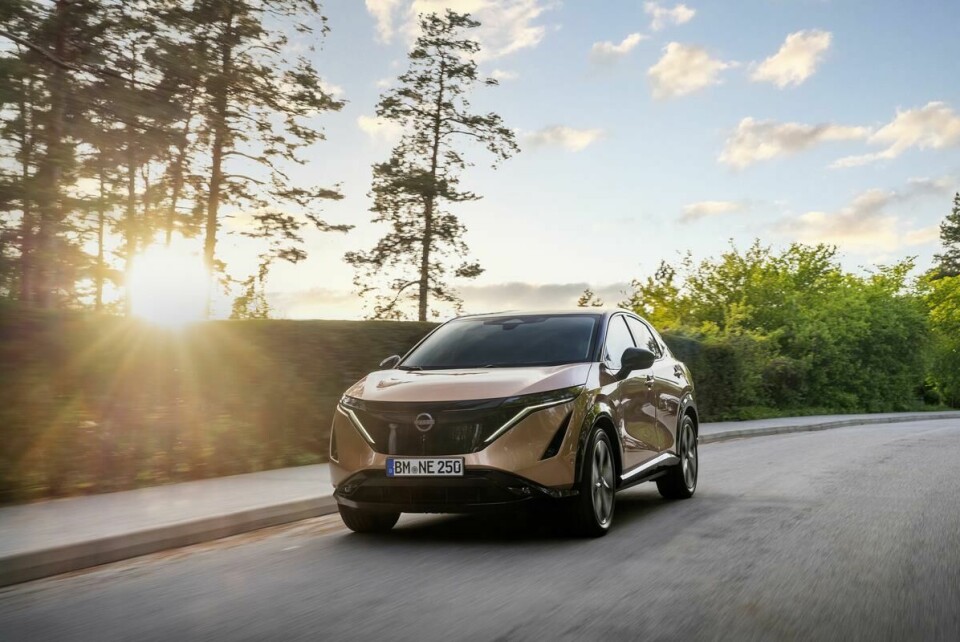Poor financial results and slow EV transition forces Nissan to rethink plans
Nissan looks to cut production costs and rebalance production operations in the face of poor financial results.

The slower than expected switch to EVs, amidst wider economic uncertainty, is causing problems for VMs worldwide. The challenges of factory utilisation and optimising production locations are perhaps less recognised consequences of what this means for VMs. Looking more closely at how these issues are affecting Nissan, following poor financial results this year, the company is believed to be facing delays to the UK start of production for its new EVs, while in Japan the problem is manifested in a different manner.
Lack of hybrids limits sales
In Japan at its lead plant, Kyushu, production of ICE models, especially the Rogue, was cut in half in July, to just under 25,000 units; only 10,000 of that month’s output was allocated for US exports, half of what had been planned. This comes after Nissan’s profits collapsed in the last quarter (from 128.6 billion yen in March to June in 2023, to 1 billion yen in the same quarter in 2024) in part due to significant price discounting on US stocks of Rogues. Nissan’s global inventories are reportedly around 640,000 vehicles, its highest level in four years; and much of this is in the US where its market position is limited by the lack of hybrids its product line-up there.

One possible solution is to improve utilisation at Kyushu – despite it being on schedule to achieve 80% utilisation of its 500,000 units’ annual capacity this year – is to bring more work in-house. This includes the possibility of making the Sakura kei car there, rather than have it manufactured at Mitsubishi’s Mizushima factory alongside the Mitsubishi eK-X. While this has been hinted at in various reports, were it to happen it would not be before 2028, so more will need to be done and sooner.
Ambitious sales targets
Speeding the introduction of EVs is clearly essential, in March this year Nissan announced plans to launch 30 new models over the next three years, alongside plans to boost sales volumes by 1m units. Nissan sold 3.4m units worldwide in 2023, a 5% rise over 2022. Adding 1m vehicle sales would mean a rise of nearly 30%, which would be a remarkable achievement if it were to happen, especially given the intense competition from the Chinese EV companies, especially in China (a key market for Nissan) and the company’s lack of hybrid offerings in the US.
For FY 2024-25 Nissan wants to sell 3.65m vehicles at the retail level while producing 3.45m units, cutting into the inventory levels referred to above. It will also look to its new model plans to underscore these objectives. In March it announced 30 new models under the Arc business plan, 14 of which will be ICE-powered, with the balance a mix of EVs and hybrids. Nissan’s plans also include several regional-specific models. There will be a new one-tonne pick-up truck for Oceania, five new SUVs for the Middle East and two models specifically for Africa, one of which will be a petrol-powered A-segment model. Europe will see six new models (three of which are due to be EVs made in the UK).

Cutting production costs
In Japan, Nissan plans to refresh or renew 80% of its models and ensure 70% of its line-up are hybrid or fully electric. Central to achieving this will be cutting costs, including reducing the Ariya’s production costs by 30%, with a similar target for the next Sakura kei car, the model which may be produced in-house rather than contracted out to Mitsubishi.
Nissan is well aware of its challenges, and is unafraid to change tack, but it is not always clear whether its new plan is really new, or rather just a change to the timetable announced a little more than a year ago. The plan to add 16 EV and hybrids within the next three years under the Arc programme sounds impressive, but in February 2023, Nissan had announced 27 electrified models including 19 full EVs, admittedly by 2030. How much of this will involve new models is not clear.
Nissan’s financial challenges are clear from its last quarter and its new model plans sound impressive but whether they – along with tweaks to its manufacturing plans – can generate the turnaround required is another question entirely.


